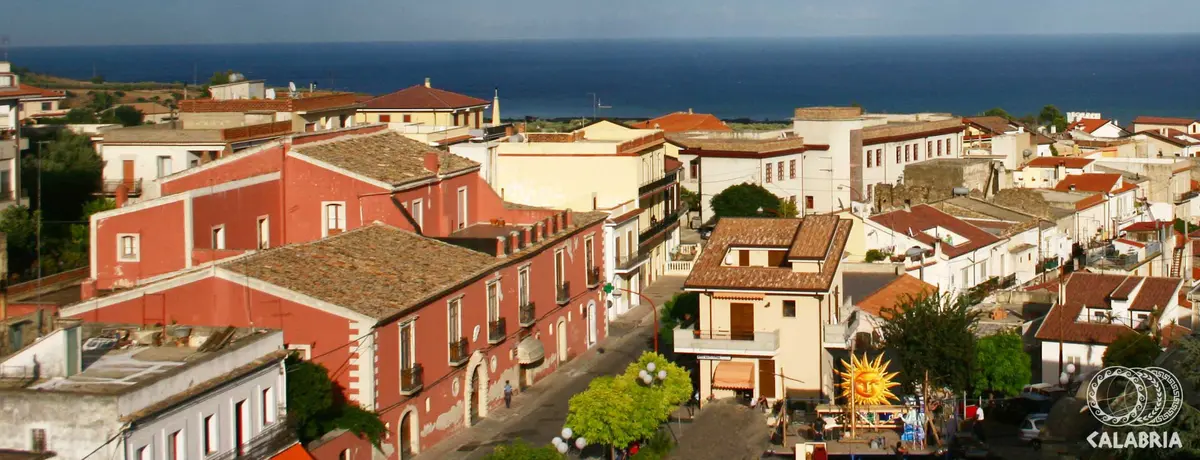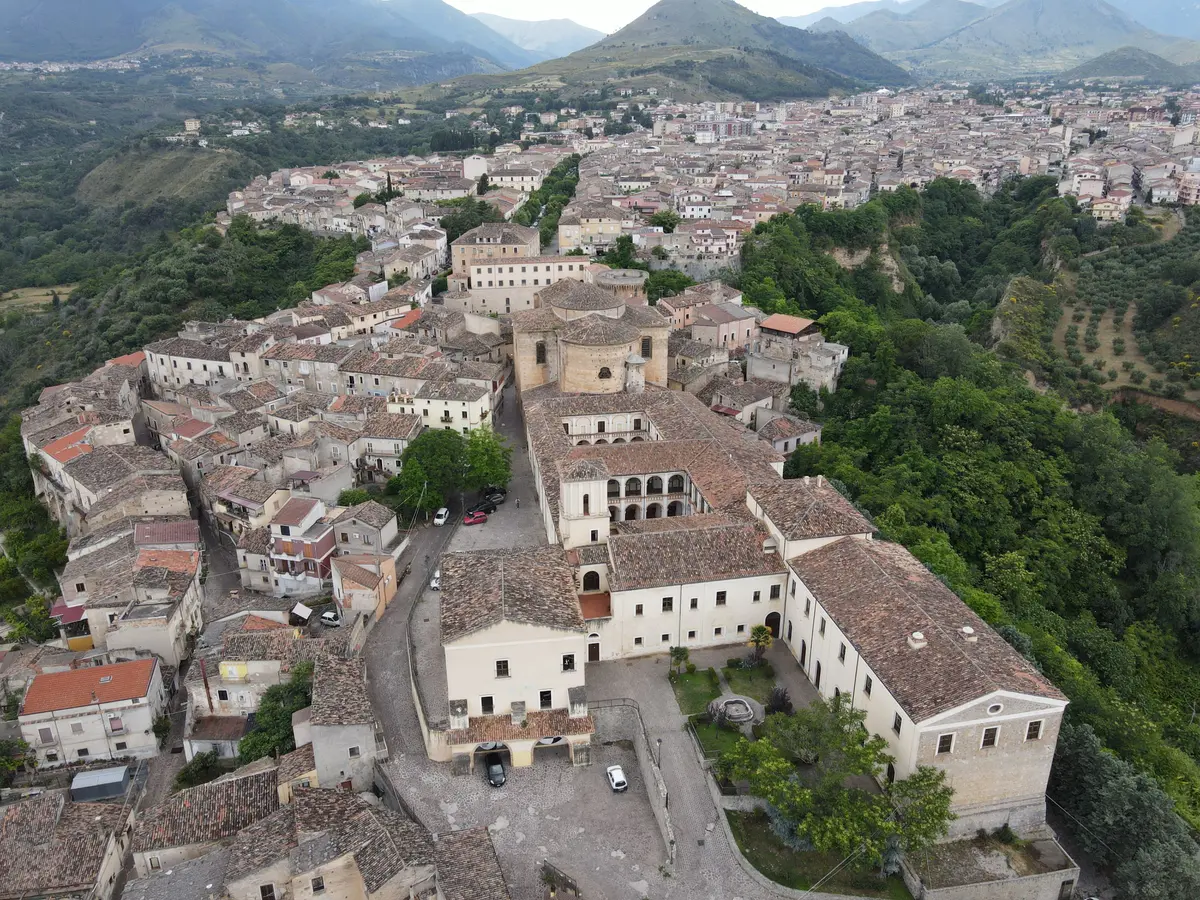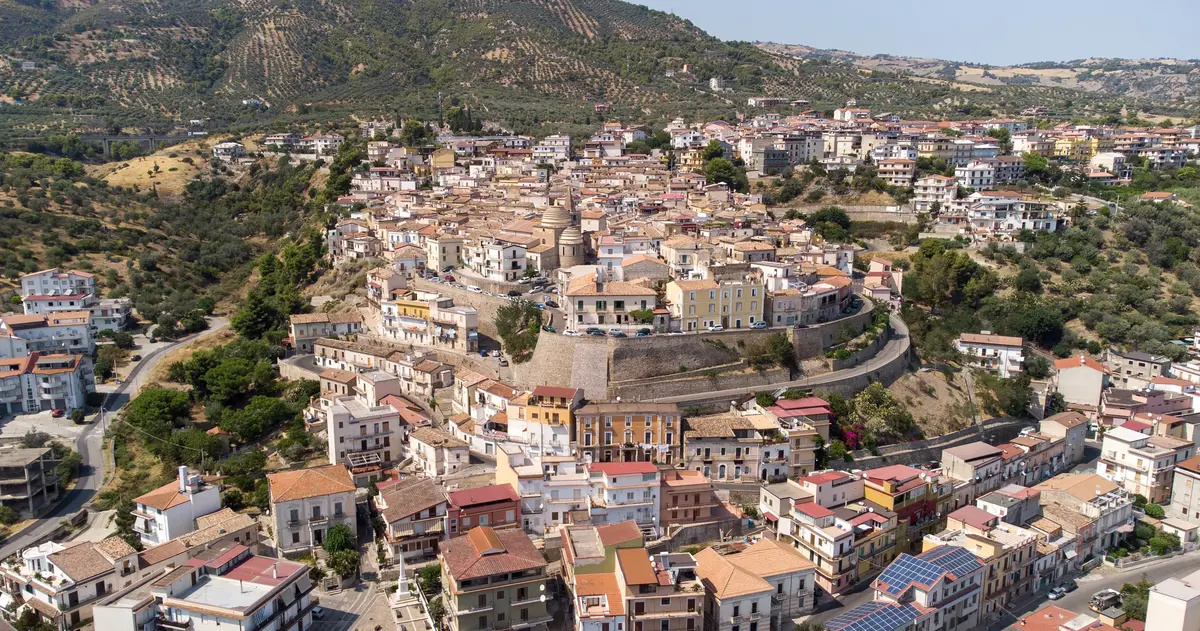Cerchiara di Calabria
Cerchiara di Calabria, the aroma of the City of Bread

Town
Cerchiara di Calabria - Regione Calabria
Come and discover the charm of Cerchiara di Calabria, a town nestled in the Pollino National Park in the province of Cosenza, perched on the slopes of Mount Sellaro and dominated by the remains of a medieval castle.
One of Calabria's ‘’Bread Cities‘’ and a Slow Food Presidium, Cerchiara di Calabria is home to the important Shrine of the Madonna delle Armi, one of the most venerated Marian sites in the region.
The Shrine of Santa Maria delle Armi stands on an ancient Byzantine site and was originally a women's monastery. Built in the 15th century, the complex was dedicated to the Madonna delle Armi following a miraculous discovery. The Feast of the Madonna delle Armi is celebrated every year on 25 April. On this occasion, it is very beautiful to watch the characteristic procession through the mountains, where ancient hymns to the Virgin are sung. Another religious building worth visiting in the historical centre of Cerchiara is the Church of San Pietro, dating back to the 15th century, which houses some valuable paintings inside.
Lovers of trekking and mountain excursions are spoilt for choice: from the official trails of the Pollino National Park, to the Cessuta Park, near the Shrine, which offers itineraries immersed in greenery up to the Sellaro peak, passing through the Acqua Rossa Wood. Another important naturalistic attraction are the Cerchiara Caves, one of Calabria's climbing sites, and in particular the Cave of the Nymphs: an evocative cavity whose sulphurous waters feed the thermal complex of the same name.
When to visit Cerchiara di Calabria? On the occasion of the traditional Bread Festival, dedicated to the town's symbolic product, where you can taste the delicious Cerchiara bread accompanied by local gastronomic products and visit the interesting Bread Museum, with period tools, old millstones, photographs and reconstructions of rural life.
Useful information
What to know about Cerchiara di Calabria
Events
There are 1 events scheduled.
Where to Sleep
There are 6 available accommodations.
Places
There are 2 places to visit.
Travel Ideas
There are 6 travel ideas.
Infopoint Cerchiara di Calabria
Via Antonio Caputi, Cerchiara di Calabria
No result








